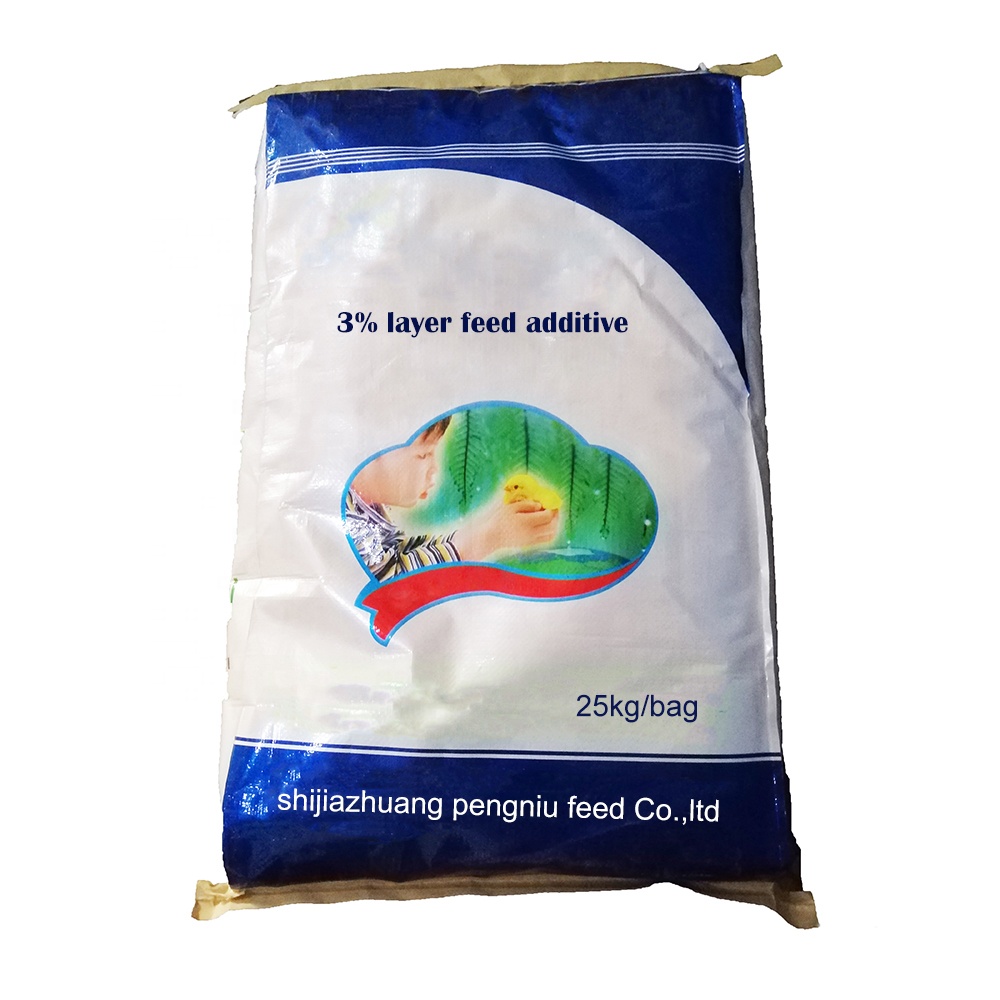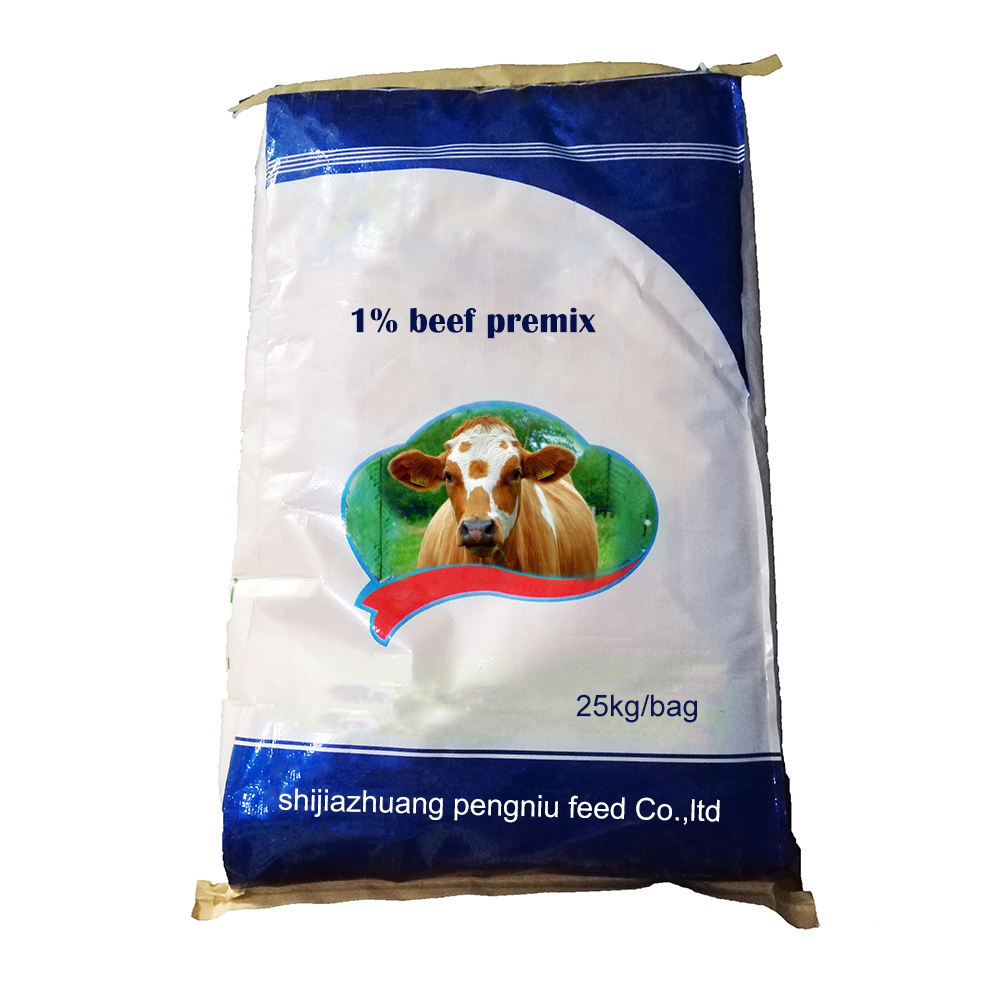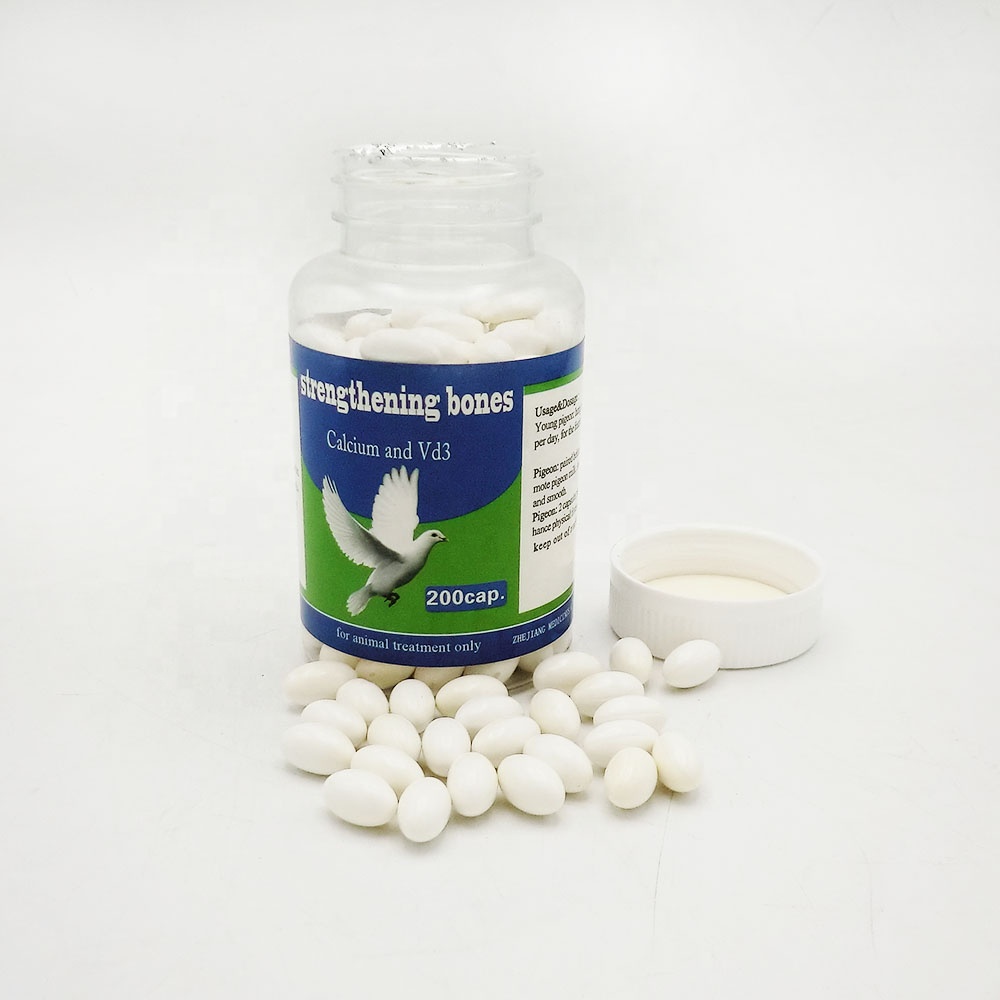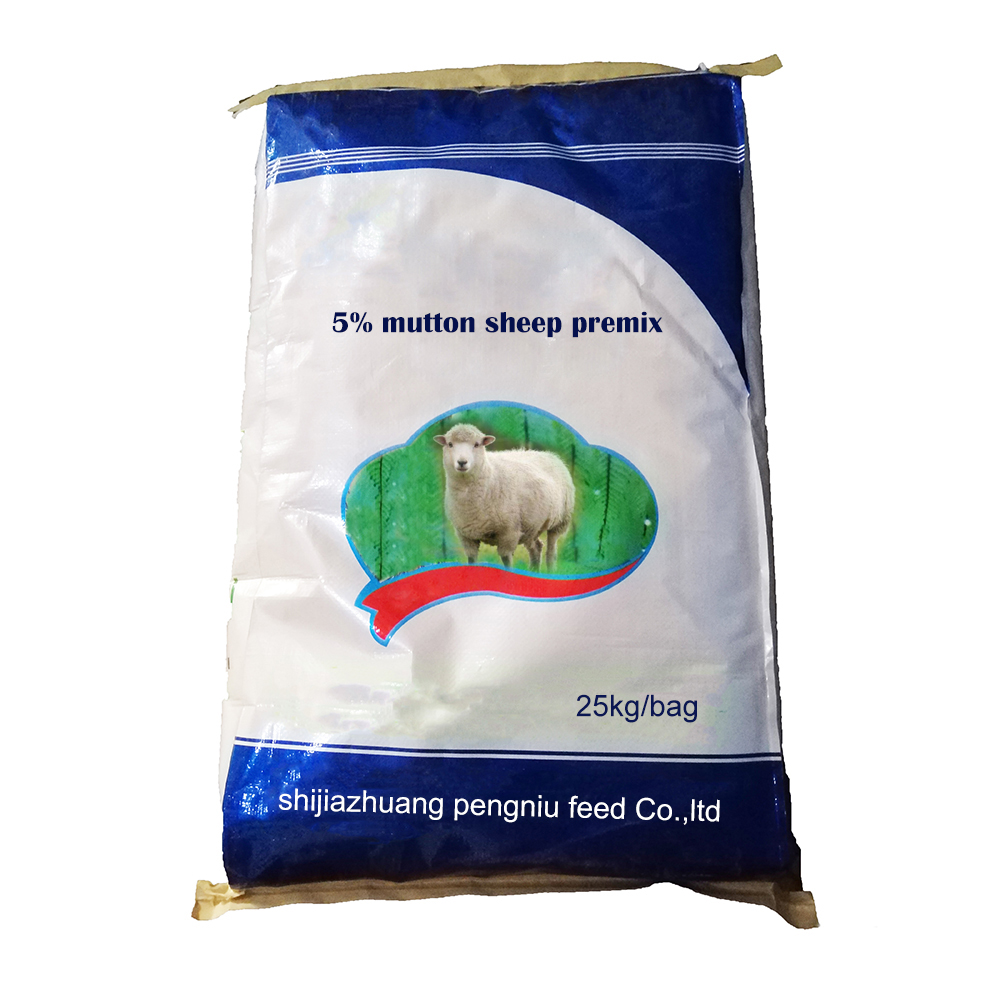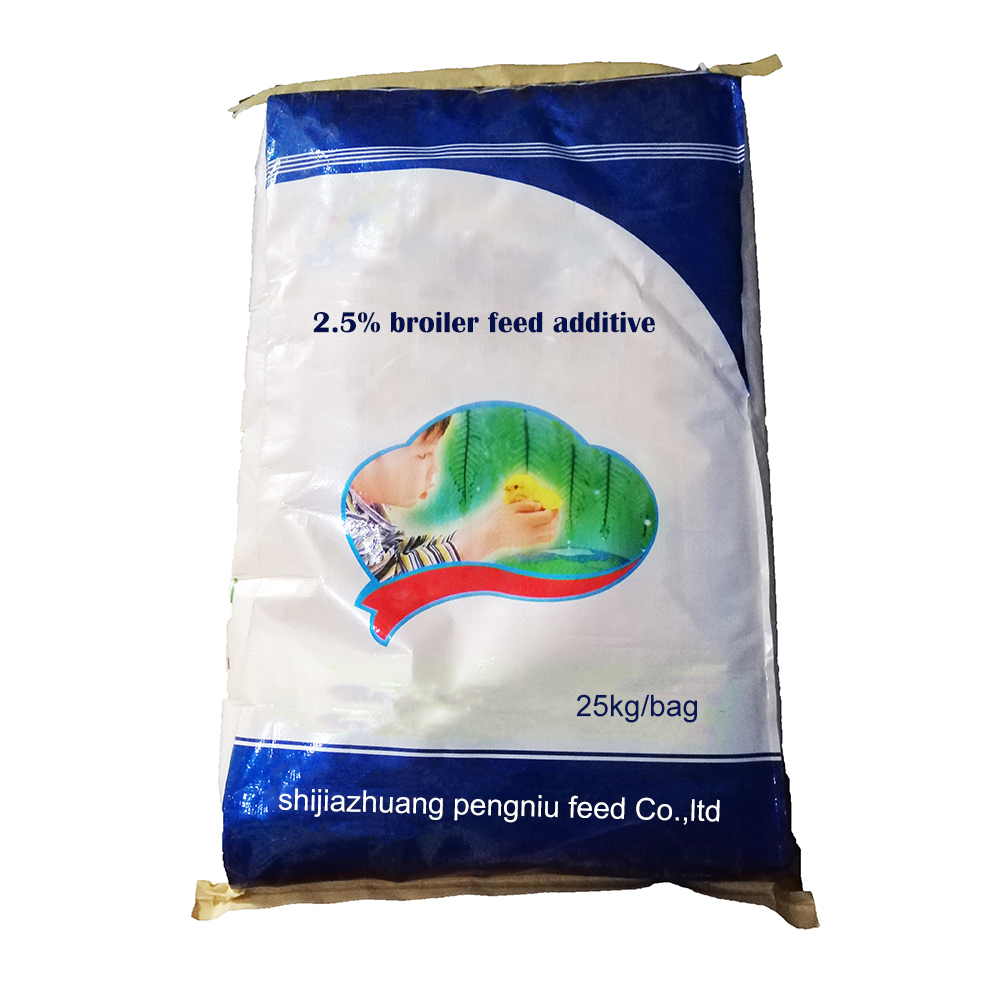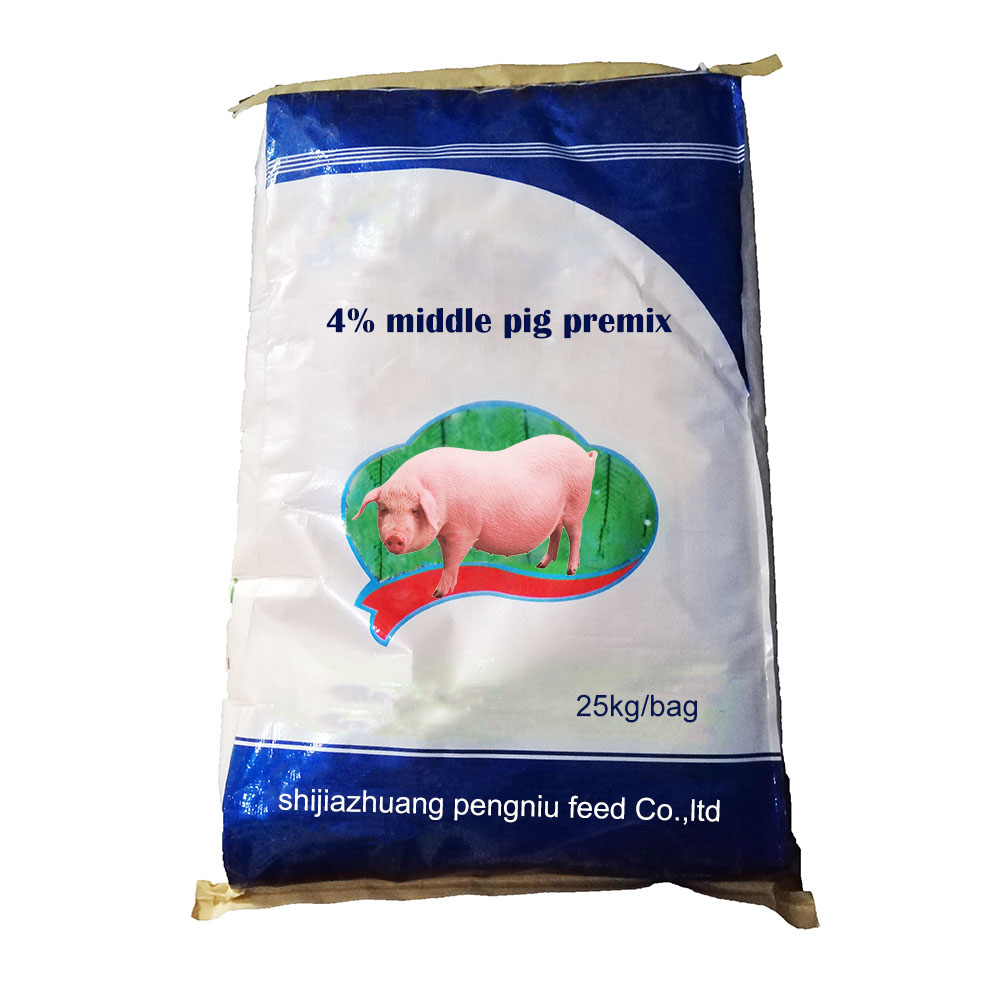- Introduction: Significance of Iron Dextran Injection for Piglets
- Understanding Iron Deficiency in Piglets
- Iron Dextran Injection Dosage in Piglets: Guidelines and Best Practices
- Technical Advantages of Iron Dextran Injection for Piglets
- Manufacturer Comparison: Product Efficacy & Safety Table
- Custom Solutions: Tailoring Iron Dextran Dosage for Piglets
- Conclusion: Real-World Outcomes with Iron Dextran Injection for Piglets
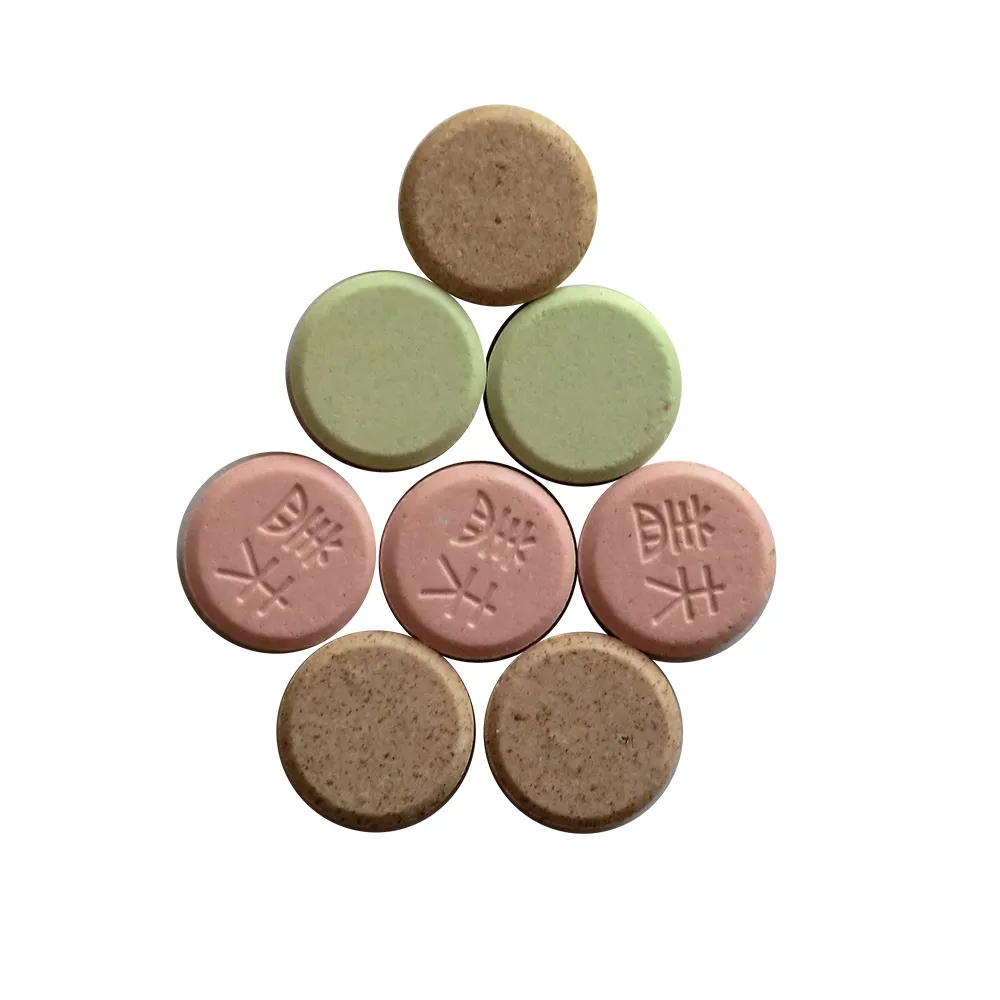
(iron dextran injection for piglets)
Introduction: Iron Dextran Injection for Piglets
The early growth phase of piglets is critical for their health, productivity, and profitability in swine production systems. A primary concern during this period is the risk of iron deficiency anemia, which can lead to poor weight gain, increased morbidity, and elevated mortality. Iron dextran injection for piglets has become an established practice in modern animal husbandry, directly addressing this nutritional gap. By replenishing iron levels, this intervention supports optimal growth, robust immunity, and improved long-term outcomes for both piglets and producers.
Understanding Iron Deficiency in Piglets
Piglets are born with limited iron stores—approximately 50 mg in their bodies—yet their rapid postnatal growth demands an intake of about 7–16 mg of iron per day. Sow's milk provides only 1 mg of iron daily, creating a substantial deficit. Studies show that if untreated, up to 80% of piglets can develop clinical or subclinical anemia by the second week of life, with hemoglobin levels dropping below the critical 80 g/L threshold. Symptoms include pallor, lethargy, poor weight gain, weakened immunity, and increased susceptibility to infectious diseases. Proactive iron supplementation is, therefore, considered essential for preventing anemia and supporting herd performance.
Iron Dextran Injection Dosage in Piglets: Guidelines and Best Practices
Establishing the correct iron dextran injection dosage in piglets is vital to maximize benefits while minimizing risks. The industry standard is a single intramuscular injection of 200 mg elemental iron, typically administered between three to five days of age. This dosage ensures a balance, correcting iron deficiency without causing toxicity. Clinical trials have demonstrated that such a regimen effectively raises hemoglobin concentrations to 110–130 g/L, supporting healthy growth trajectories. Overdosing, however, can lead to anaphylactic reactions, joint swelling, or even fatalities, underscoring the importance of adherence to established protocols. Veterinary oversight and well-calibrated syringes are recommended to ensure precision during administration.
Technical Advantages of Iron Dextran Injection for Piglets
Iron dextran formulations provide several technical advantages over alternative supplementation methods. Compared to oral dosing, injectable iron dextran is more rapidly absorbed, bypasses gastrointestinal variability, and offers long-lasting efficacy—up to three weeks—after a single dose. Bioavailability rates for injected iron dextran reach almost 100%, whereas oral iron efficacy varies from 30% to 70% depending on gut health and competition with other nutrients. Furthermore, studies indicate a 2% mortality decrease and nearly 12% greater weaning weight in piglets receiving proper iron dextran injections versus those left unsupplemented or given oral iron. The sterile preparation minimizes infection risks, and product consistency from reputable manufacturers supports herd-wide health management strategies.
Manufacturer Comparison: Product Efficacy & Safety Table
Selection of the right iron dextran product is crucial for optimal results. Below is a comparison of leading global manufacturers by core metrics:
| Manufacturer | Iron Concentration (mg/mL) | Approved Dosage Range (mg/kg) | Efficacy Rate (%) | Incidence of Adverse Events (%) | Shelf Life (Months) |
|---|---|---|---|---|---|
| Pharmavet | 100 | 150–200 | 98.5 | 0.2 | 36 |
| Huvepharma | 100 | 180–200 | 97.9 | 0.3 | 24 |
| Vetoquinol | 200 | 150–200 | 99.1 | 0.1 | 36 |
| Ceva Santé Animale | 100 | 150–200 | 98.3 | 0.2 | 24 |
| Local Generic Brand | 80–100 | 120–200 | 94.7 | 0.5 | 18 |
Data reveals that brands with higher iron concentrations and better manufacturing controls offer superior efficacy and safety. Selecting a globally recognized manufacturer may reduce adverse events by more than 0.3% and extend shelf life, allowing for streamlined inventory management in large-scale operations.
Custom Solutions: Tailoring Iron Dextran Dosage for Piglets
While general guidelines recommend a 200 mg iron dextran dose per piglet, custom solutions optimize outcomes based on specific herd requirements. Factors such as breed, birth weight, litter size, sow parity, concurrent illness, and environmental conditions influence iron needs. For large litters or fast-growing breeds, incremental dosing or a split dosing protocol (e.g., 100 mg at day 3 and another 100 mg at day 10) may outperform single administration in preventing late-onset anemia. Ongoing hemoglobin monitoring, utilizing portable blood analyzers, supports real-time adjustment of iron supplementation strategies. Collaboration with veterinary consultants and nutritionists can facilitate protocol customization, ensuring each piglet’s iron needs are precisely met and fostering the highest possible weaning weights and survival rates.
Conclusion: Enhanced Outcomes with Iron Dextran Injection for Piglets
Iron dextran injection for piglets remains a cornerstone of modern swine production, supported by strong scientific evidence and industry best practices. Implementation of proper iron dextran injection dosage in piglets yields compelling results: studies have shown a reduction in pre-weaning mortality from 10% to less than 5%, and average daily gain improvements of 8–13%. For instance, in a U.S. Midwest farm trial involving over 12,000 piglets, timely administration increased market weights by 0.75 kg per pig, enabling an ROI of over 4:1 on supplement investment. Producers adopting robust, tailored protocols experience healthier herds, streamlined weaning, and improved economic returns. Consistent monitoring and a commitment to product quality continue to elevate the role of iron dextran in global swine health strategies, fostering resilience from birth through market readiness.
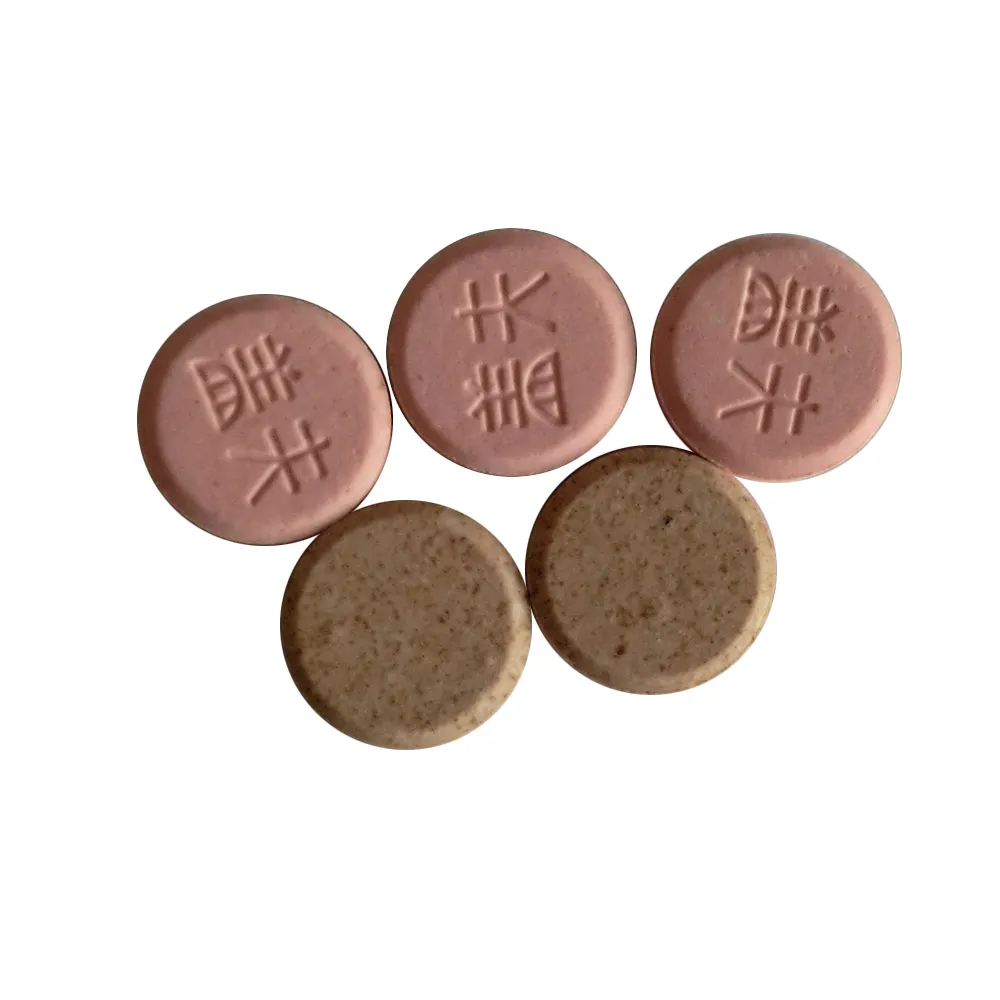
(iron dextran injection for piglets)
FAQS on iron dextran injection for piglets
Q: What is iron dextran injection for piglets?
A: Iron dextran injection for piglets is a treatment used to prevent and treat iron deficiency anemia. Piglets are naturally born with low iron reserves and rapid growth increases their iron requirements. This injection provides the necessary iron to support healthy development.
Q: What is the typical iron dextran injection dosage in piglets?
A: The standard dosage for iron dextran injection in piglets is usually 100–200 mg of elemental iron given intramuscularly. Most commonly, piglets receive a single dose of 200 mg within the first few days of life. Always follow the guidance of a veterinarian for precise dosing.
Q: When should iron dextran injection be given to piglets?
A: Iron dextran injection is typically administered to piglets within the first 3–5 days after birth. This early supplementation helps prevent anemia and promotes healthy growth. Timely administration is crucial for optimal results.
Q: Are there any side effects from iron dextran injection in piglets?
A: Side effects are rare but may include swelling, pain at the injection site, or allergic reactions. Proper injection technique and recommended dosage reduce the risk of adverse effects. Consult a veterinarian if unusual symptoms occur.
Q: Why is iron dextran dosage important for piglets?
A: Appropriate iron dextran dosage is vital because too little may not prevent anemia, while too much can cause toxicity. Accurate dosing helps support normal growth and health in piglets. It is important to follow veterinary recommendations.
Post time: July 8, 2025

